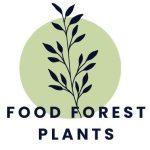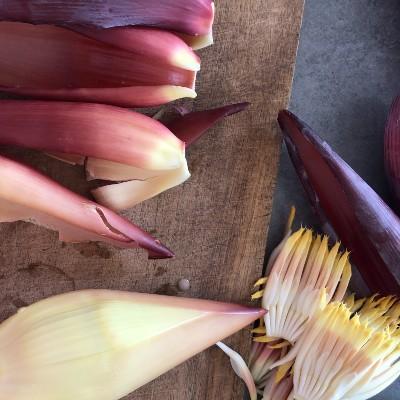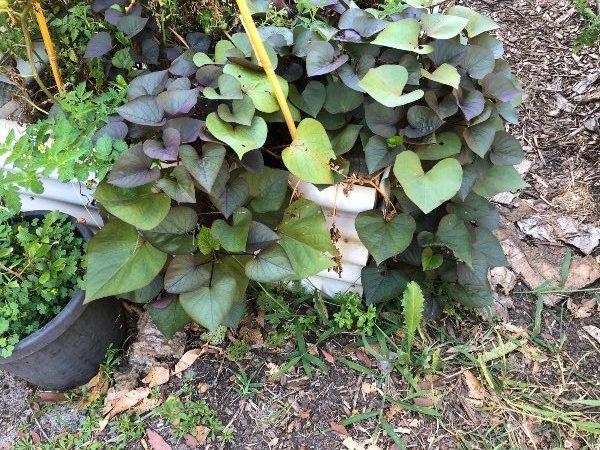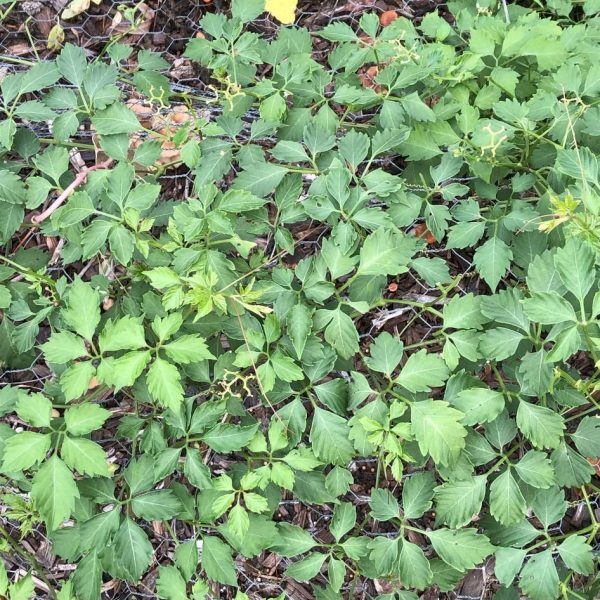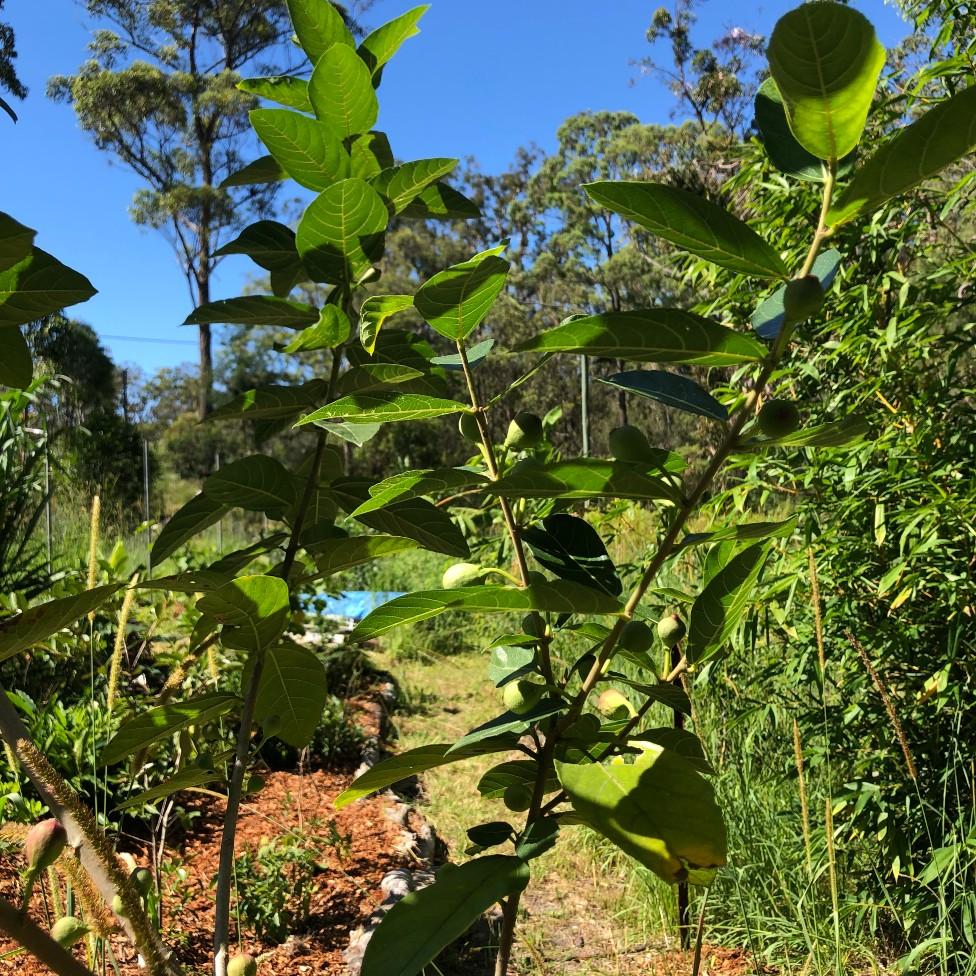
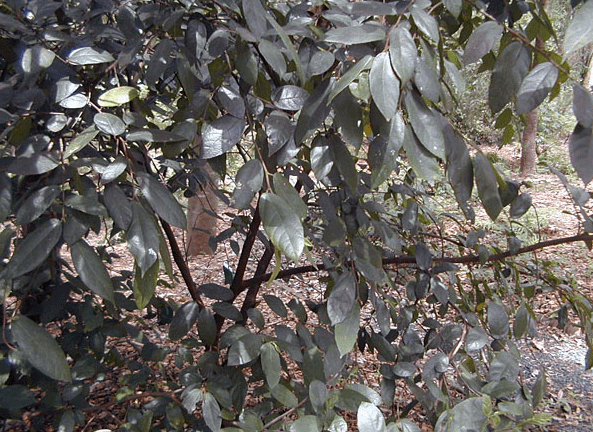
Sandpaper fig is native to East Coast of Australia. It always grows near streams.
First time I saw this tree was in Royal National Park. There was a thick stand of trees on a flat patch by the river that would always flood after the big rains. All these trees were of the same kind, about 10m tall, just a couple of meters from each other, creating this magical space of stillness under the dark green ceiling of leaves. The trunks were fluted (as all figs are), but hardly 30 cm thick. I was quite impressed by them. I am sure the bats took care of the fruit, I could not see any from the ground.
My second encounter with sandpaper fig was while kayaking along the Colo River with Nicola. It was late summer. We paddled along a tree that was reaching far over the water. It was laden with perfectly ripe purple figs. So we sat in our kayaks and ate and ate. It was delicious! Great memories of a great day.
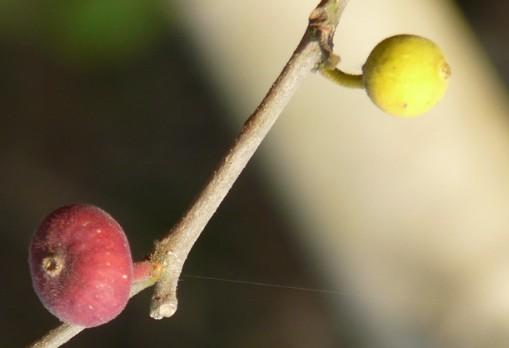
The Sandpaper Fig plants we sell are seedlings. As the nature intended. There is a natural variability in fruit quality. Some taste really great, some are average (not as bad as Ficus macrophylla though).
The Australian Aboriginals managed this continent for tens of thousands of years, but their philosophy was not to improve on nature. On the other hand, the inhabitants of other continents (Africa, Europe, North and South America, Asia, Oceania) were very keen on improving nature. They would look for wild trees with good fruit, they would collect their seeds and grow seedlings on their land. They would select and select (and cull the rest, that’s equally important) for hundreds of years. They achieved good results. People would trade and swap plants, of course, but every region had different “favorites” because of local climate and soils (landraces). Time to time they would find some really special quality, that would not progress through the next generations. Then, grafting was invented and that cool variety became immortal – you could graft it on new rootstocks again and again.
Nothing like this ever happened to Sandpaper Fig. So, if you feel like devoting the next 40 years of your life tinkering with improving upon Sandpaper Fig, here is your chance.
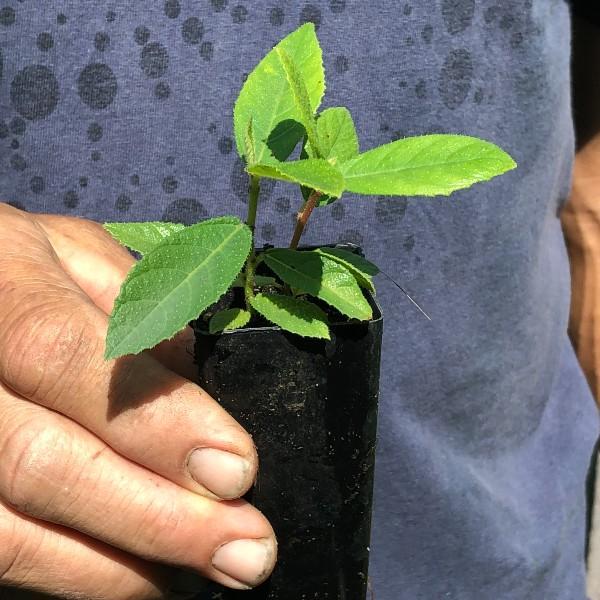
Sandpaper Fig is an attractive small tree with sandpapery leaves. It will likely reach 5 m in your garden, if it is competing with taller trees, it can stretch higher than that. Of course, you can keep it trimmed to any size, some people even turn it into a bonsai. Not a bad idea, the trunk would look spectacular when gnarled and “old” (you know what people do to these plants, it’s the price for the looks – that kind of thing).
Sandpaper Fig is pretty hardy as long as it has some reliable moisture at the bottom of a slope. It doesn’t mind floods, but it hates swamps – the water has to move i.e. contain oxygen. It is not bothered by light frost. It pollinates easily and fruits in about 5 years, from February to June. It fruits better if it has more sun.
The roots are good for soil stabilisation along the creeks and for clogging drainage pipes. Sandpaper Fig attracts wildlife and gives your garden that rainforest feel, together with palms, ferns and large leaf plants e.g. the Ginger family, Bananas or Taros.
